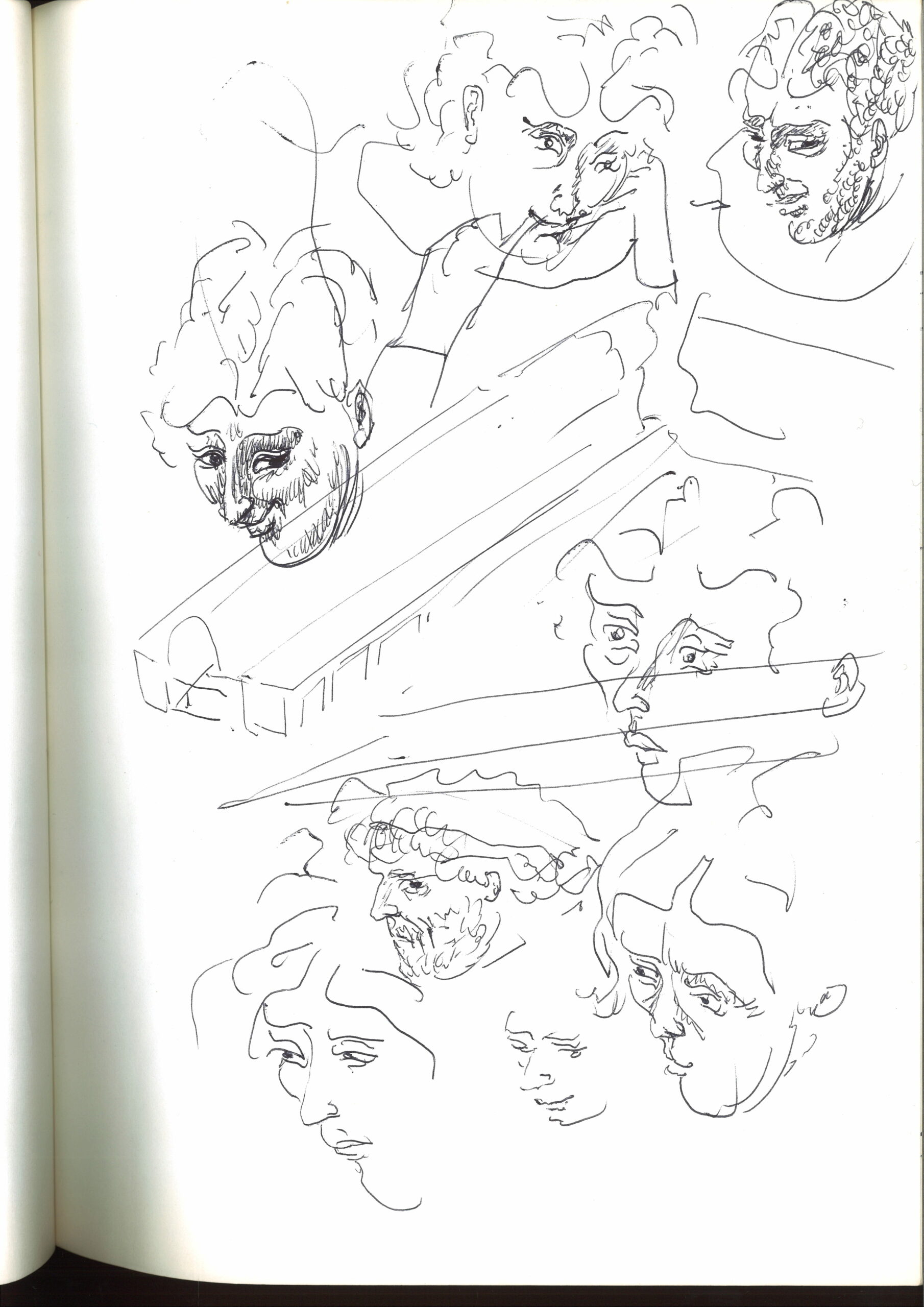Notes on Architectural Education and Drawing

The speed of transformation that characterises our contemporality is largely motivated by the development of the newest information technologies. The speed introduced by computation seems to be the promoter of the instability that reaches the conceptions of almost all professional and disciplinary fields since it imposes a pace of change and renewal never equated before. [1] As Pierre Levy said at the turn of the millennium: society has changed and with it, necessarily, the circumstance of teaching. [2]
The academy, in addition to continuing to respond to its primary dual task – the constant maintenance and renewal of knowledge – has to respond to the emerging challenges which, being transversal to practically all the disciplinary fields, assume particular relevance in architectural education. [3] This seems to be due, in part, to its singular disciplinary framework, located somewhere between the domain of art and science. [4]
Regarding the provisional and insufficient nature of knowledge, Álvaro Siza defends that it is important for students to acquire a particular ability: to learn how to learn. [5] This ability, Siza argues, is strictly linked to drawing. As a form of representation, drawing is in fact considered by several authors to be the fundamental competence of the architect, the main thinking instrument that supports the design process – both for the procedures of recognition and transformation of the world. [6]
In the last few decades, the relevance of drawing has decreased in education, confronted with the exponential and unprecedented development of the new forms of representation – such as parametric, generative, or performance models. [7] However, it seems that the multiplication of possibilities has also multiplied uncertainties about the very principles of architectural training and education.
Considering the impossibility of reversing the computational culture and the absurdity of remaining in a regressive utopia in relation to the architectural practice – which, according to Manfredo Tafuri, would imply the end of the discipline – it seems to be up to the academy to face the digital phenomenon and frame it critically and objectively in the current cultural and technological conjuncture. [8]
Rafael Sousa Santos is currently writing a PhD thesis on the forms of representation in architectural design teaching.
This text was entered into the 2020 Drawing Matter Writing Prize. Click here to read the winning texts and more writing that was particularly enjoyed by the prize judges.
Notes
- P. Virilio, Speed and Politics, (New York: Semiotext(e), 2006)
- P. Lévy, Cyberculture, (London: University of Minnesota Press, 2001).
- N, Abbagnano, N & A. Visalberghi, História da pedagogia, (Lisbon: Livros Horizonte, 1982)
- A. Carneiro, Campo sujeito e representação no ensino e na prática de desenho-projecto, (Porto: FAUP, 1995)
- Á. Siza Vieira, Sulla pedagogia, Casabella 770, 3-5 (2003)
- G. Goldschmidt, ‘Manual sketching: Why is it still relevant?’, The Active Image: Architecture and Engineering in the Age of Modeling, S. Ammon & R. Capdevila-Werning (Eds.), (New York: Springer, 2017)
- R. Oxman, (2006). ‘Re-thinking Digital Design’, Digital Architecture and Construction, 90, (2006), p.239-247.
- M. Tafuri, Projecto e utopia, (Lisbon: Editorial Presença, 1973).
